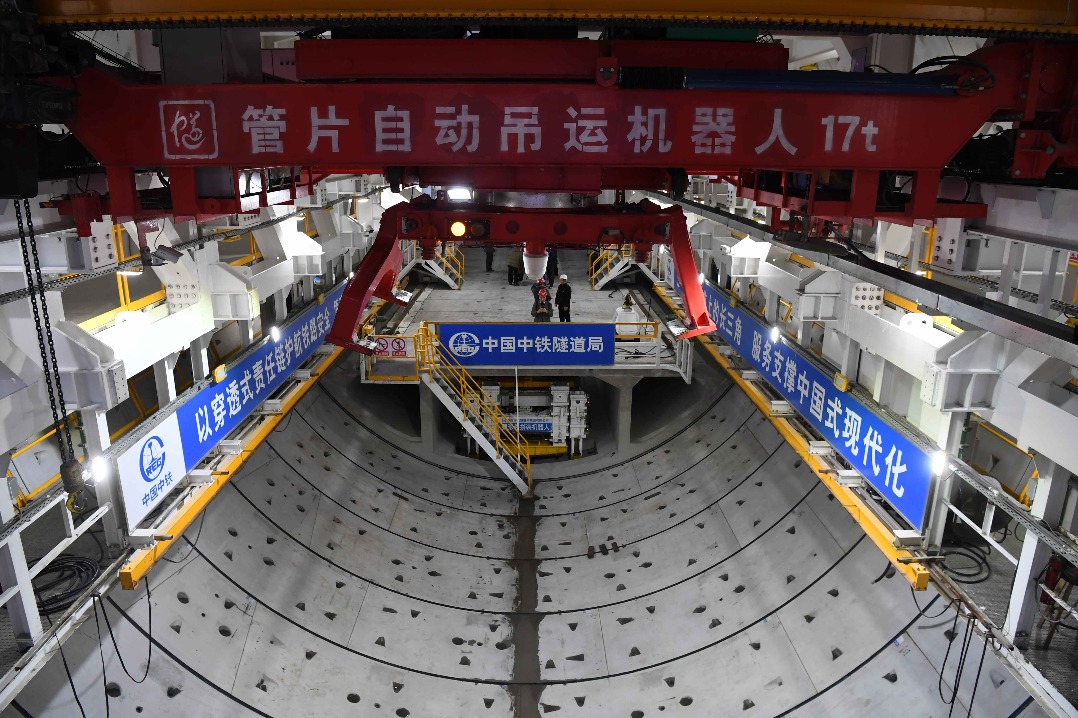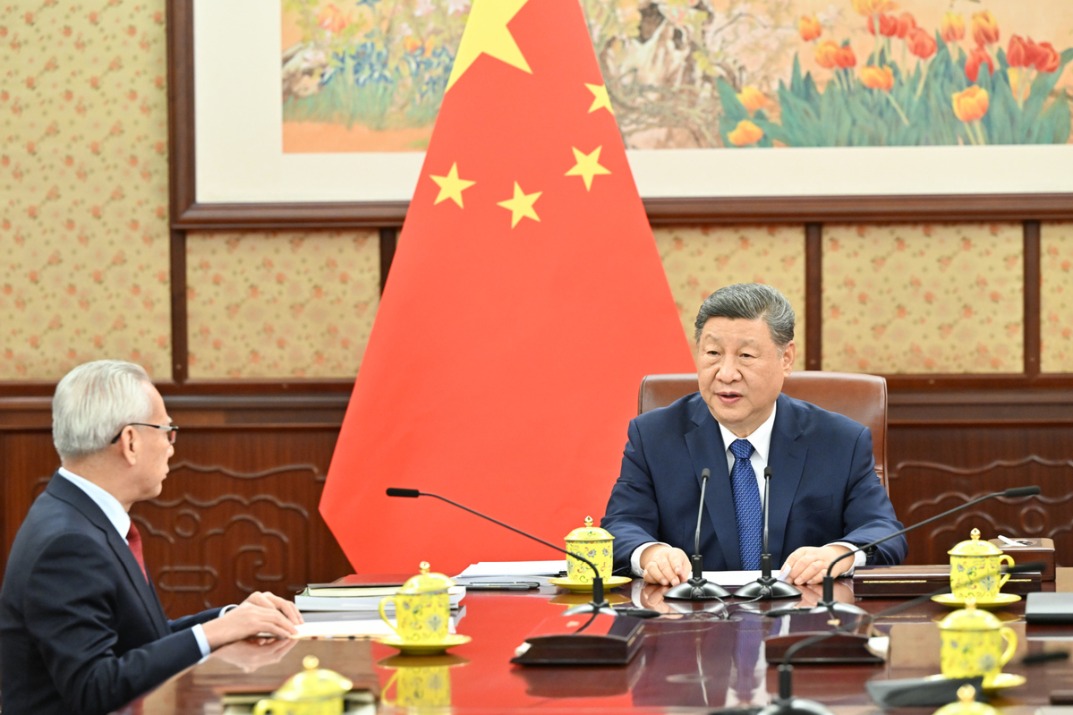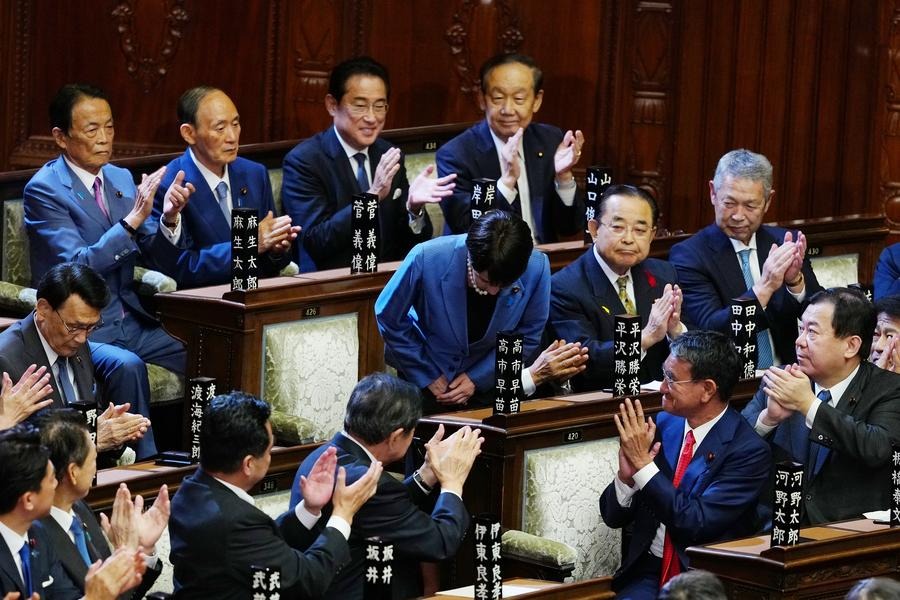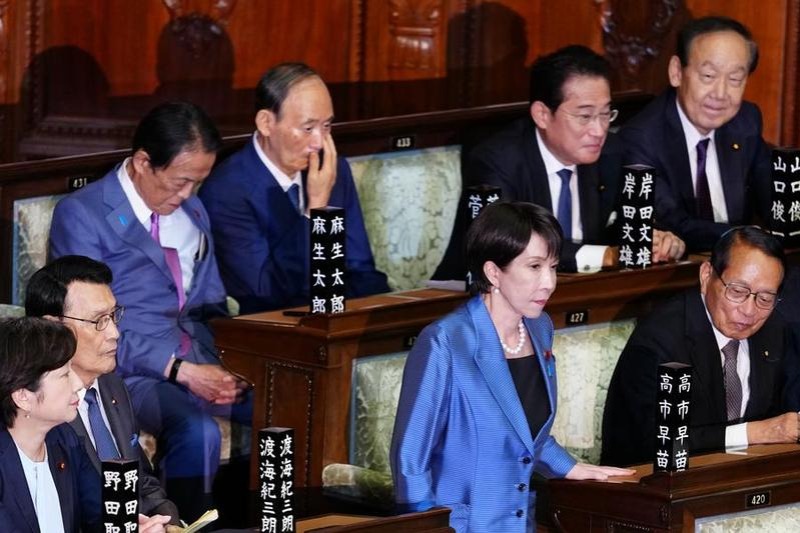Healthy social environment key to urban development


To solve the problem of ever-increasing urban ills, first-tier cities in China have taken strict measures in recent years. Beijing, for instance, has decided to move the "non-capital functions" out of the city.
As Beijing boasts the most advanced high-tech sector, and employment absorption and social service capacities in China, its population growth has been very high. The capital's population absorption and environmental adjustment capacity, however, is limited, resulting in many urban diseases such as resource shortage, traffic jams, high housing prices and air pollution.
So according to its new urbanization development orientation, Beijing has decided to control its population size. And as a part of that process, the central government and the Beijing municipal government have decided to shift their non-capital functions out of the capital.
The draft of the overall Beijing urban plan for 2016-30 aims to limit the capital's resident population at 23 million by 2020 and to maintain that level. To achieve that goal, Beijing authorities are dismantling illegal structures, closing down general manufacturing units and some specialized regional markets. They are also in the process of reconstructing or renovating the rural-urban intersection regions, old residential communities, and the key areas in the central districts.
Beijing aims to effectively control its population size, by promoting high-end, low-carbon, service-oriented industries. The original intention of shifting the noncapital functions out of the city to reduce the population pressure is understandable, but no city can develop by relying on some functions while abandoning the others. In this sense, moving the non-capital functions, and along with some people, out of Beijing only through administrative means could be counter-productive.
However, the population outflow from first-tier cities is creating development opportunities for second-tier cities. The 13th Five-Year Plan (2016-20) lists innovative development as one of the five major development ideas, and the key innovation factor that leads a country's development is talent.
Second-tier cities such as Hangzhou, Chengdu, Changsha and Xi'an began competing for talents last year. For instance, Hangzhou has issued a document to attract foreign talents to work and launch startups. Chengdu will provide favorable policies, including household registration residence (or hukou) and housing subsidies, to talents. And Xi'an plans to introduce and cultivate 1 million talents in five years.
The competition for talents in the second-tier cities actually reflects the critical significance of talents in urban development, especially because of deepening economic globalization and technological progress. Human resources are of strategic importance to urban development, and the trend of population flow reflects the different levels of economic development in Chinese cities.
For the second-tier cities that eagerly want to attract talents, they have to build an orderly and healthy social environment for startups and innovation, and improve people's livelihoods in order to retain those talents. They should also provide high-quality public services and pollution-free environment to attract more talents in the future.

The author is a professor of economics at Capital University of Economics and Business.


































